This precious embroidered fabric is composed of two parts and was usually hung from the back of a throne. Originally, it consisted of elaborate brocaded silk embroideries, adorned with gold and silver thread, intended to adorn doors, thrones, or altars.
The Chinese Empire was the first to cultivate the silkworm, giving its name to the Silk Road, which connected China to the West. It owes its name to silk, an important commodity traded along its route.
These rich Chinese embroideries were also adopted by the Peranakans, the first Chinese immigrants to settle in the British Straits Colonies of Malacca, Penang, and Singapore.
The term Peranakan dates back to the 15th century and refers to people born from marriages between Chinese merchants and Malay, Burmese, or Indonesian women, who had partially adopted Malay customs to integrate into the local communities.
Under British rule, they gained a strong influence in the Straits Settlements and were even nicknamed the "King's Chinese."
The Peranakan Museum houses several altar decorations, usually made of batik. The cloths hanging from the front of an altar table are called tok wi. Tok wi batiks were likely a less expensive alternative to embroidered silk cloths imported from China. Tok wi is the Malay Baba term used to refer to a cloth attached to the front of altars on important occasions such as weddings, funerals, and festivals.
The Chinese term for tok wi is zhuoqun, or altar skirt.
This magnificent example of decoration features two distinctive sections: in the upper section, against a brown background, we see two magnificent phoenixes in flight, separated by a lotus flower.
The refined white border is adorned with tiny blue clouds, framing the border composed of flying bats and peonies.
In the lower section, in red, three five-clawed dragons fly among the clouds, accompanied by several bats bearing precious symbols.
In the two lower sections, the sea and waves are also meticulously detailed.
The original plain indigo lining is still present.
Size : 106 x 102 cm
Condition : Some signs of age, but in good overall condition.
MY COMPLETE GALLERY


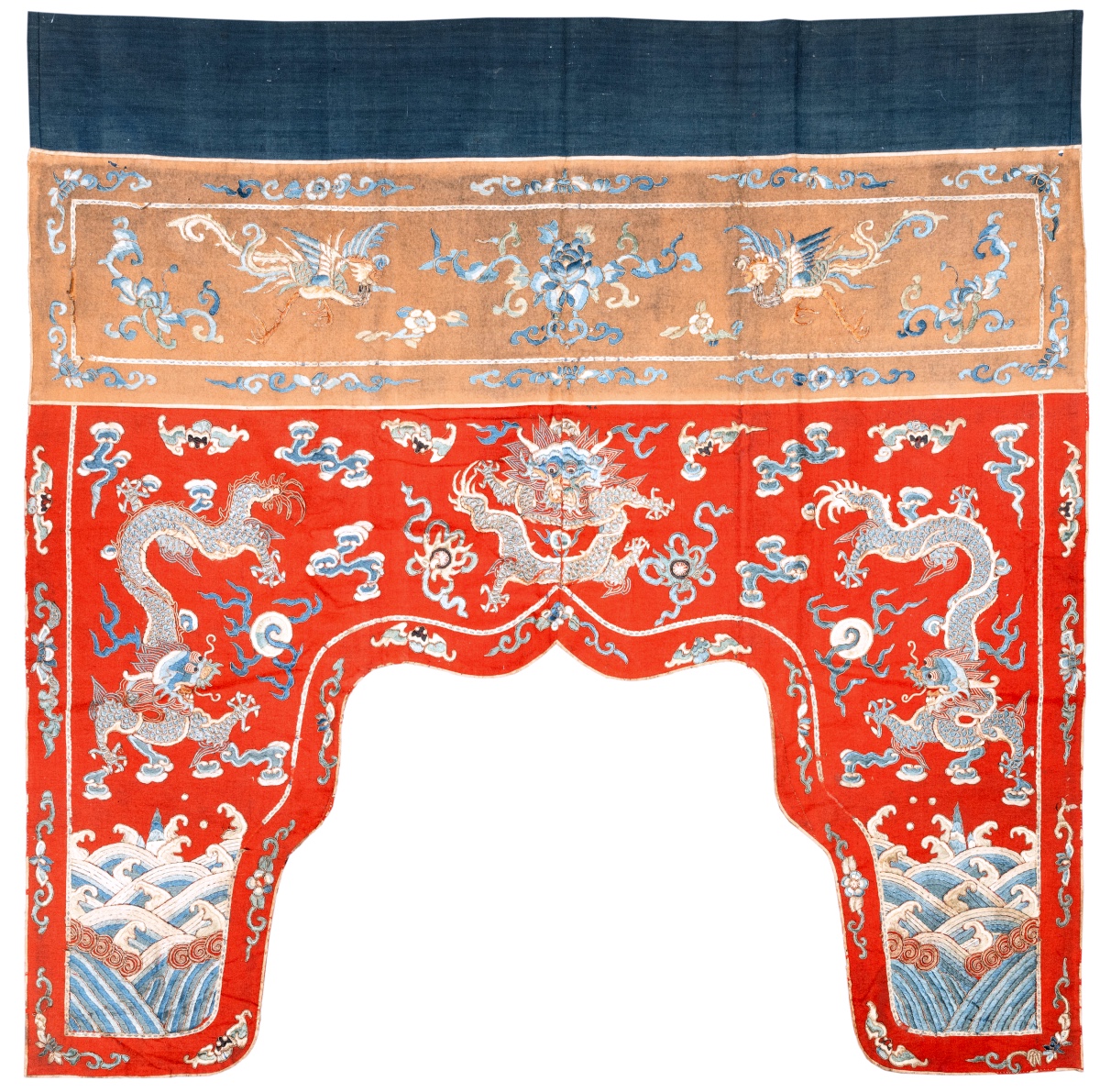
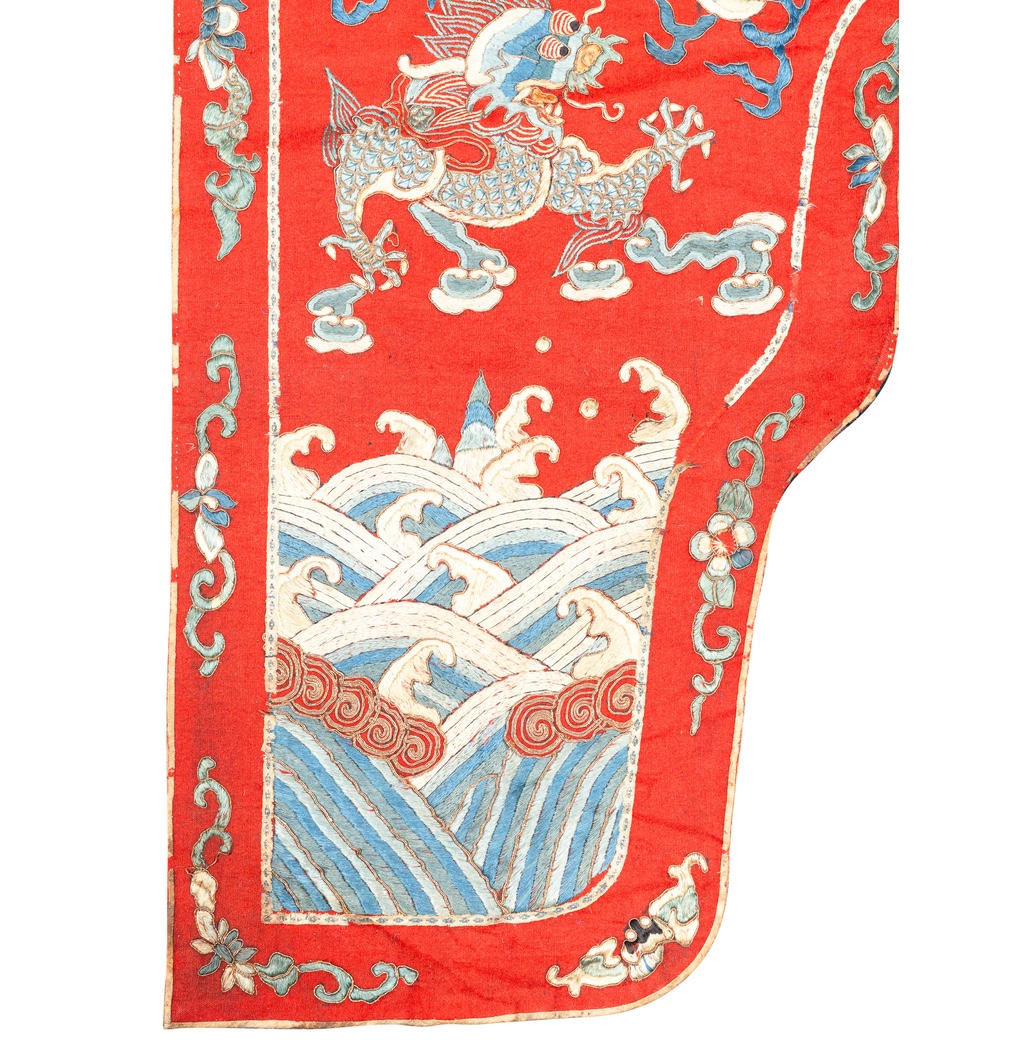
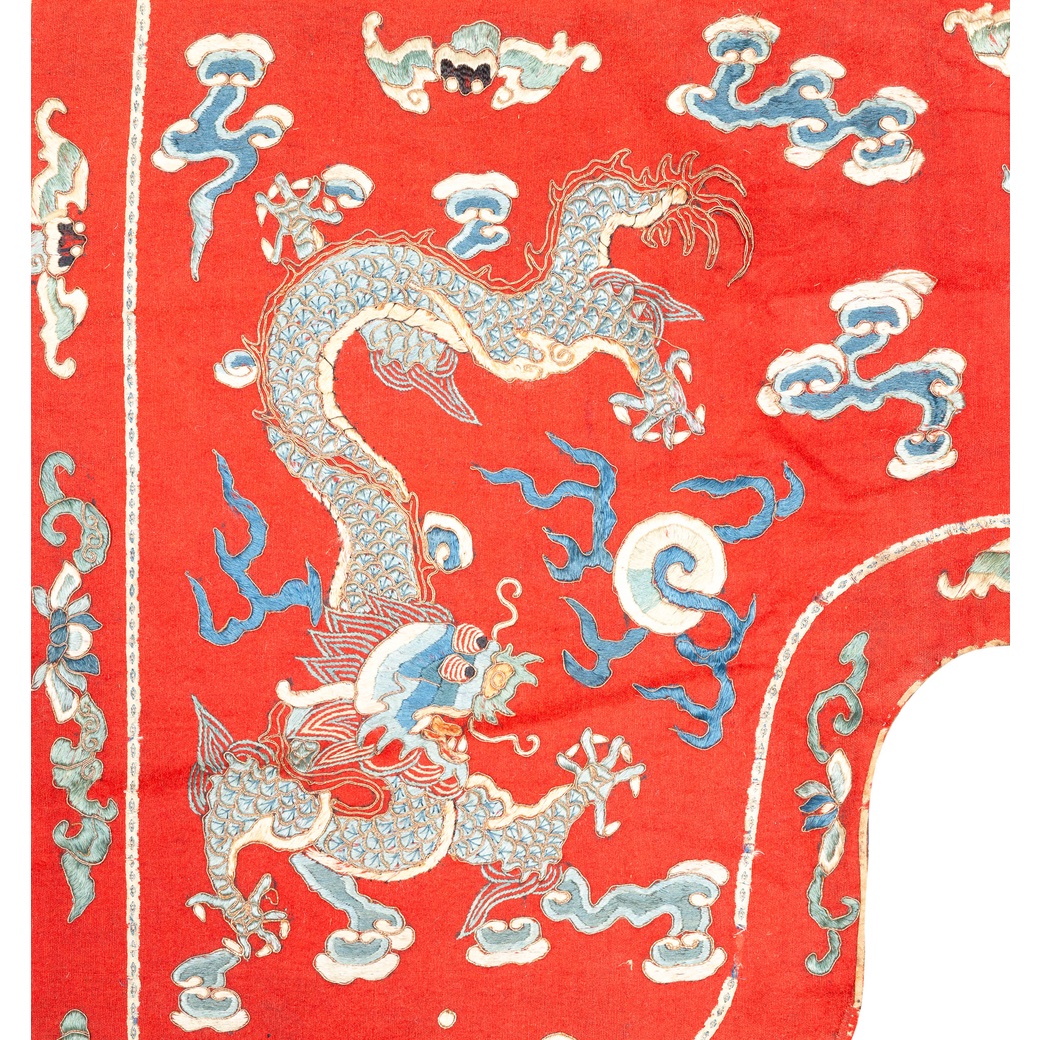
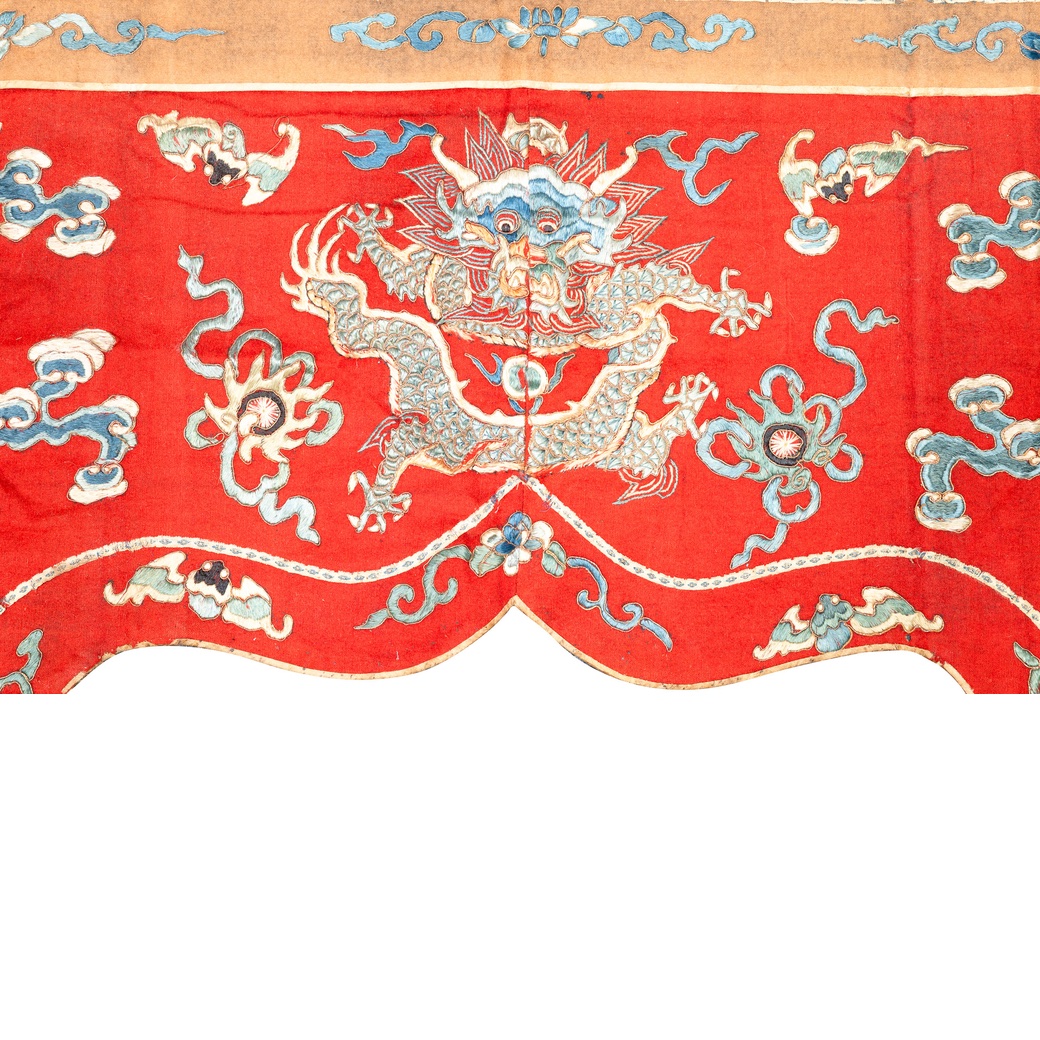
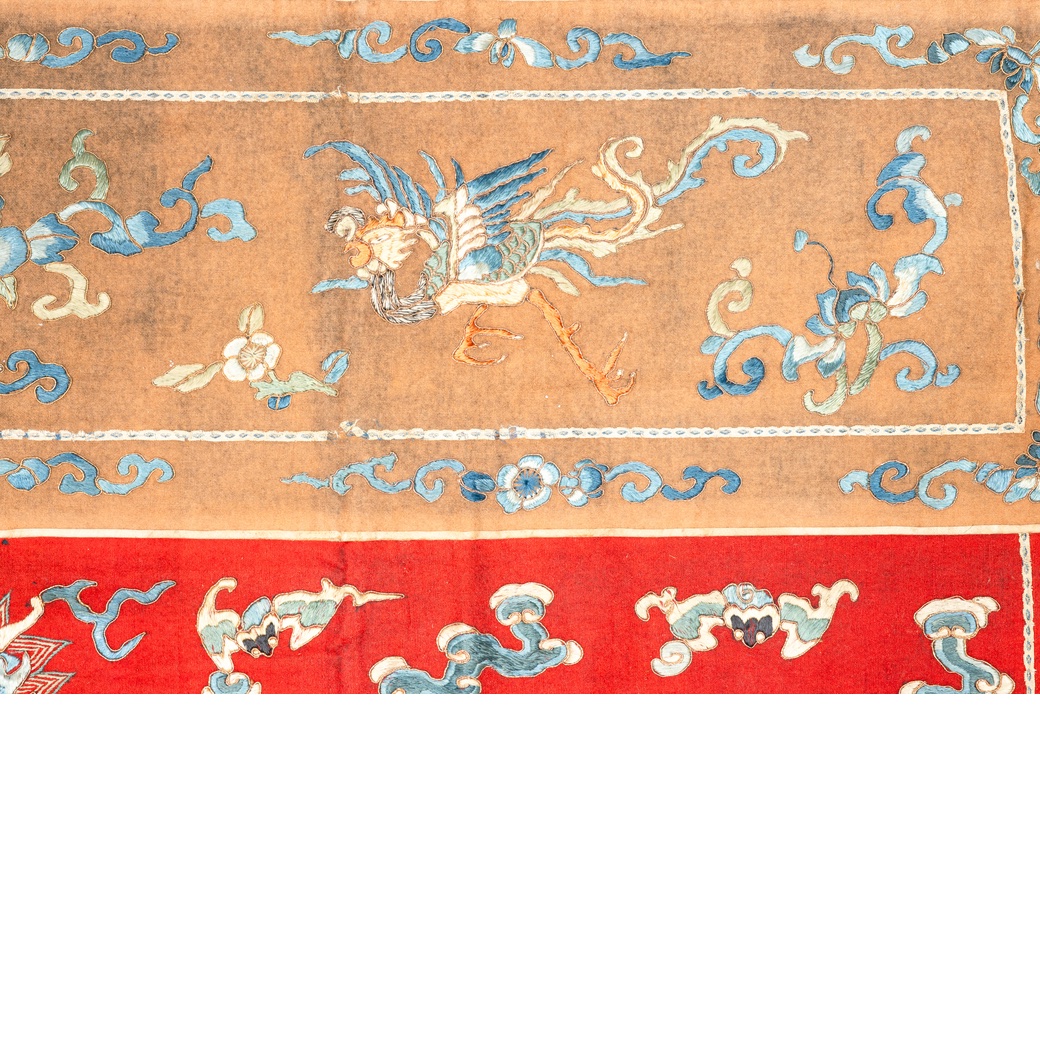








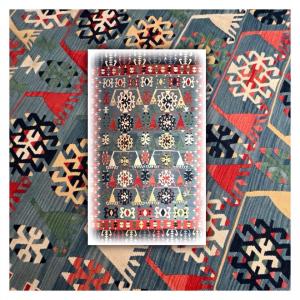
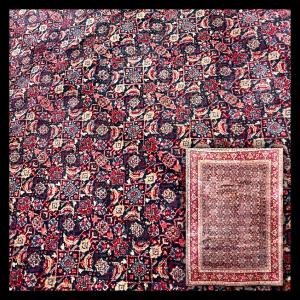


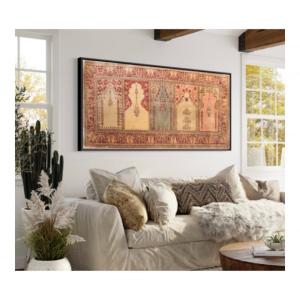

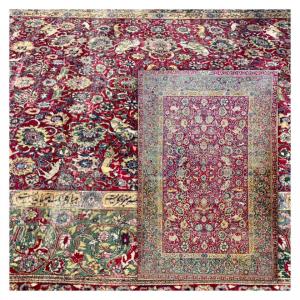


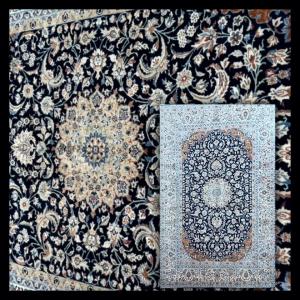
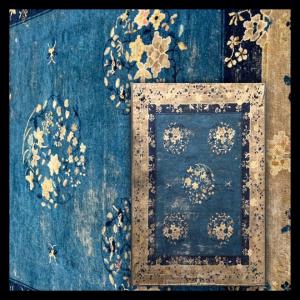





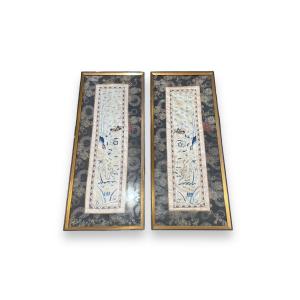

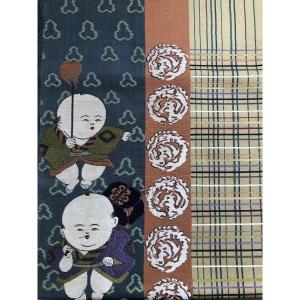
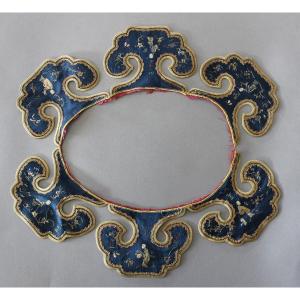



 Le Magazine de PROANTIC
Le Magazine de PROANTIC TRÉSORS Magazine
TRÉSORS Magazine Rivista Artiquariato
Rivista Artiquariato